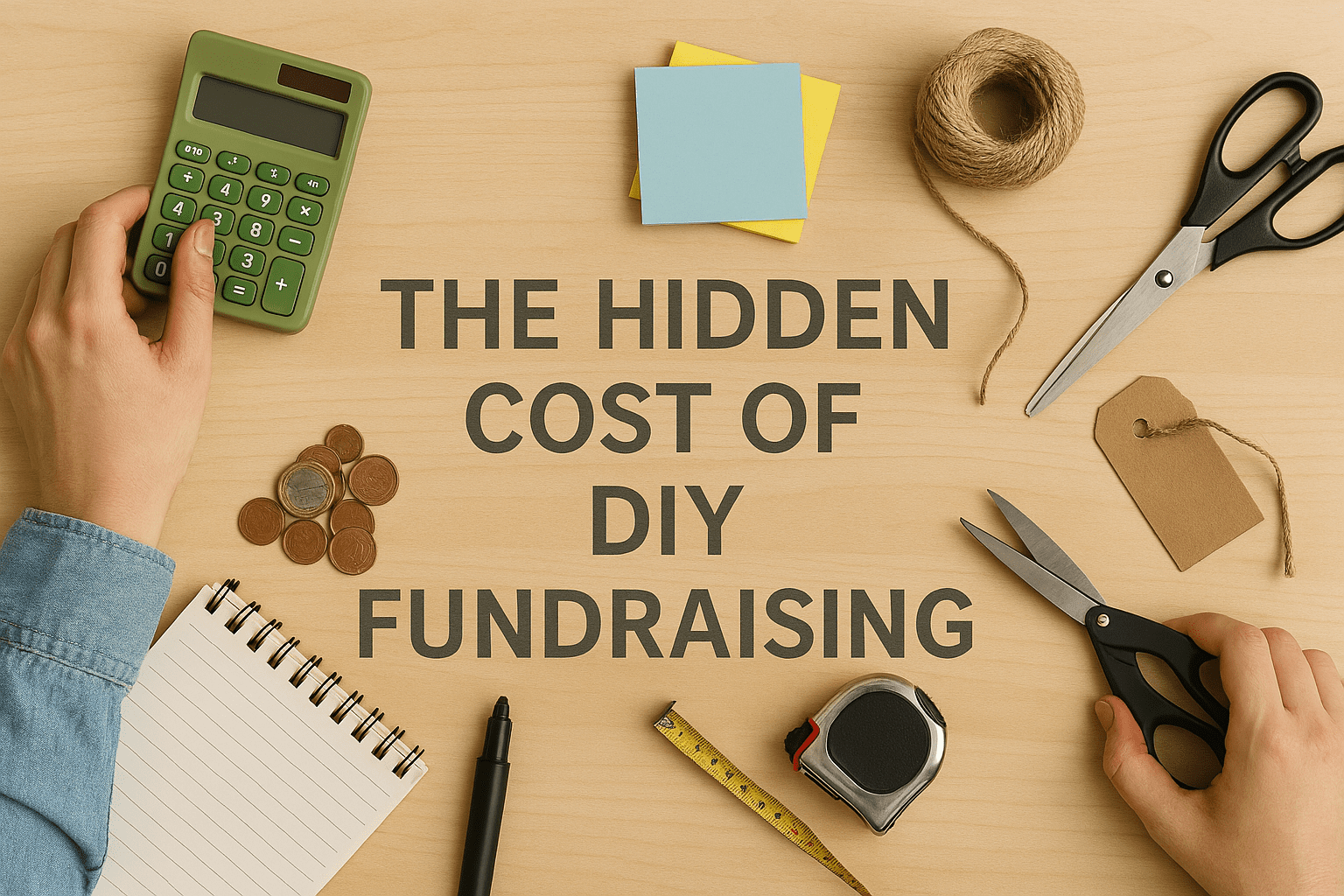What school leaders should know before taking on fundraising solo
Every school needs funding beyond what the budget provides—whether it’s for field trips, new technology, arts programs, or facility upgrades. But fundraising is rarely simple.
Many schools take the DIY route thinking it will save money or offer more control. But the reality? It often costs more than expected—especially in time, energy, and missed opportunities.
In this post, we’ll break down five commonly overlooked downsides of running fundraisers entirely in-house—and share what effective, sustainable fundraising should feel like instead.
1. Time Becomes Your Biggest Expense
DIY fundraising often demands hours of work from teachers, PTA leaders, and parent volunteers—planning, promoting, collecting money, organizing events, following up.
But here’s the truth: time isn’t free. Every hour spent managing a fundraiser is an hour not spent teaching, supporting students, or resting. An effective fundraiser should respect your time by minimizing logistics, automating tasks where possible, and clearly defining roles so no one feels overburdened.
2. Financial Risk Falls on the School
Even the simplest fundraisers usually come with upfront costs—buying supplies, renting space, paying for promotion. If participation is lower than expected (which happens often), schools can lose money.
A smart fundraising approach avoids risky upfront investments and prioritizes predictable, scalable revenue. It should also include built-in tracking tools to help you monitor progress in real time, so there are no financial surprises.
3. Volunteer Burnout is Inevitable
In most schools, the same small group of parents and staff handles every event. DIY fundraising stretches that group even thinner. Over time, this leads to fatigue, frustration, and a shrinking volunteer base.
Fundraising should feel energizing, not exhausting. It should give volunteers meaningful ways to contribute without asking them to carry the entire load—or reinvent the wheel every year.
4. Momentum is Hard to Maintain
DIY fundraisers often lack a consistent structure or built-in motivation, which can lead to a strong start and a weak finish. Keeping kids engaged, parents involved, and donors active is hard without a clear communication plan and compelling incentives.
Effective fundraising should build daily momentum, engage students through clear goals and challenges, and create a sense of shared purpose schoolwide.
5. There’s No Built-In Educational Value
Fundraisers don’t have to be purely transactional. But DIY models usually focus only on the money—missing the chance to build character, leadership, or community spirit along the way.
The most successful fundraisers connect to what students are learning, reinforce values like teamwork and perseverance, and give kids a reason to feel proud—not just rewarded.
What to Look For in a Strong Fundraiser
Whether you work with a partner or go it alone, a great school fundraiser should:
- Protect the time of teachers, staff, and volunteers
- Avoid upfront costs and reduce financial risk
- Support—not drain—your volunteer community
- Build momentum through structure and motivation
- Reinforce educational values and student growth
A Better Approach, By Design
That’s why more schools are turning to structured, full-service fundraising programs—not just to raise more, but to do it in a way that feels better for everyone involved.
Programs like Apex Leadership Co. are built around those exact principles, offering:
- Done-for-you logistics that lighten the load for staff and volunteers
- A performance-based model with no upfront costs
- Daily character lessons that turn fundraising into a teaching moment
- Tools that make communication and tracking simple and stress-free
- High student engagement that fuels school spirit and stronger results
The most successful fundraisers aren’t just about raising money. They build community, grow student confidence, and leave everyone feeling good about how the goal was achieved.
What would it look like if your next fundraiser felt less like a scramble—and more like a celebration?


